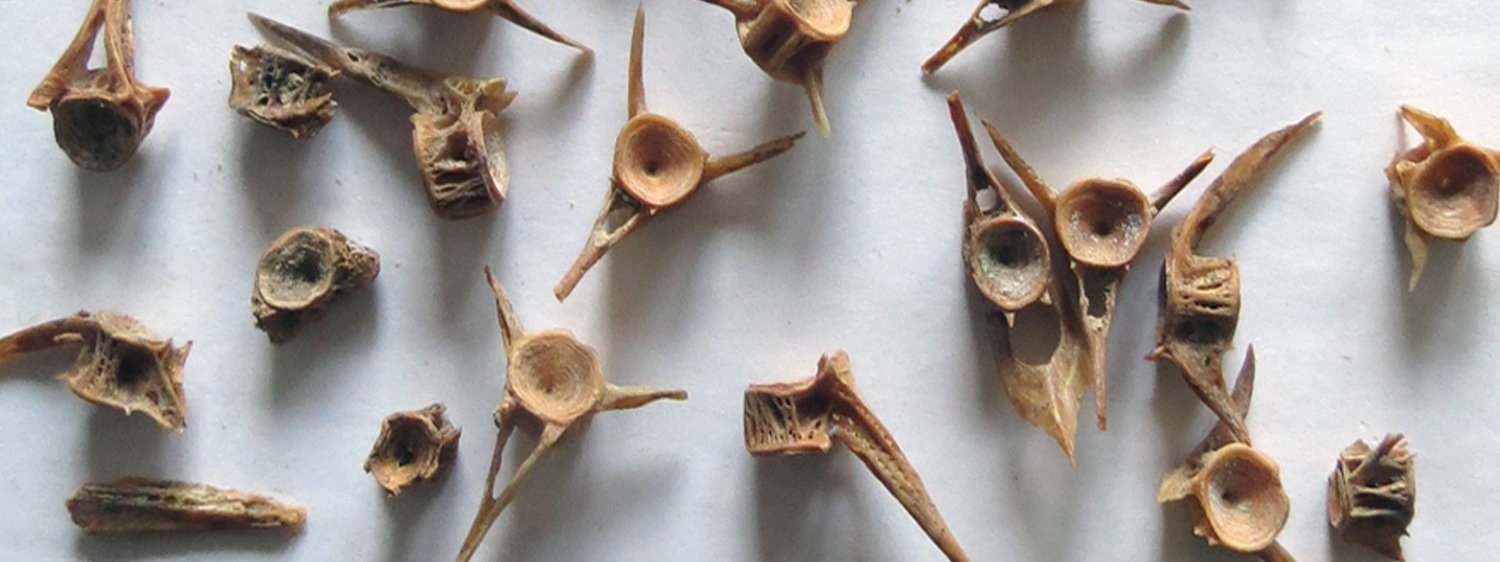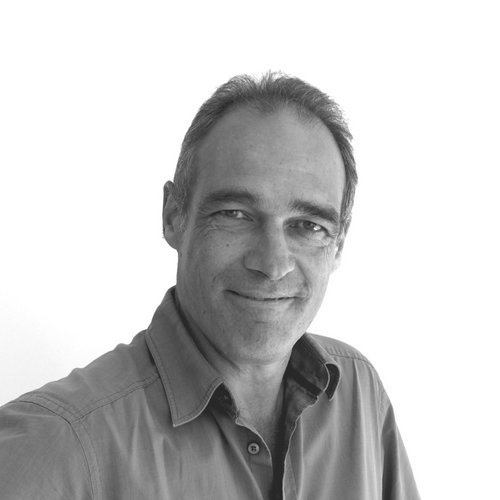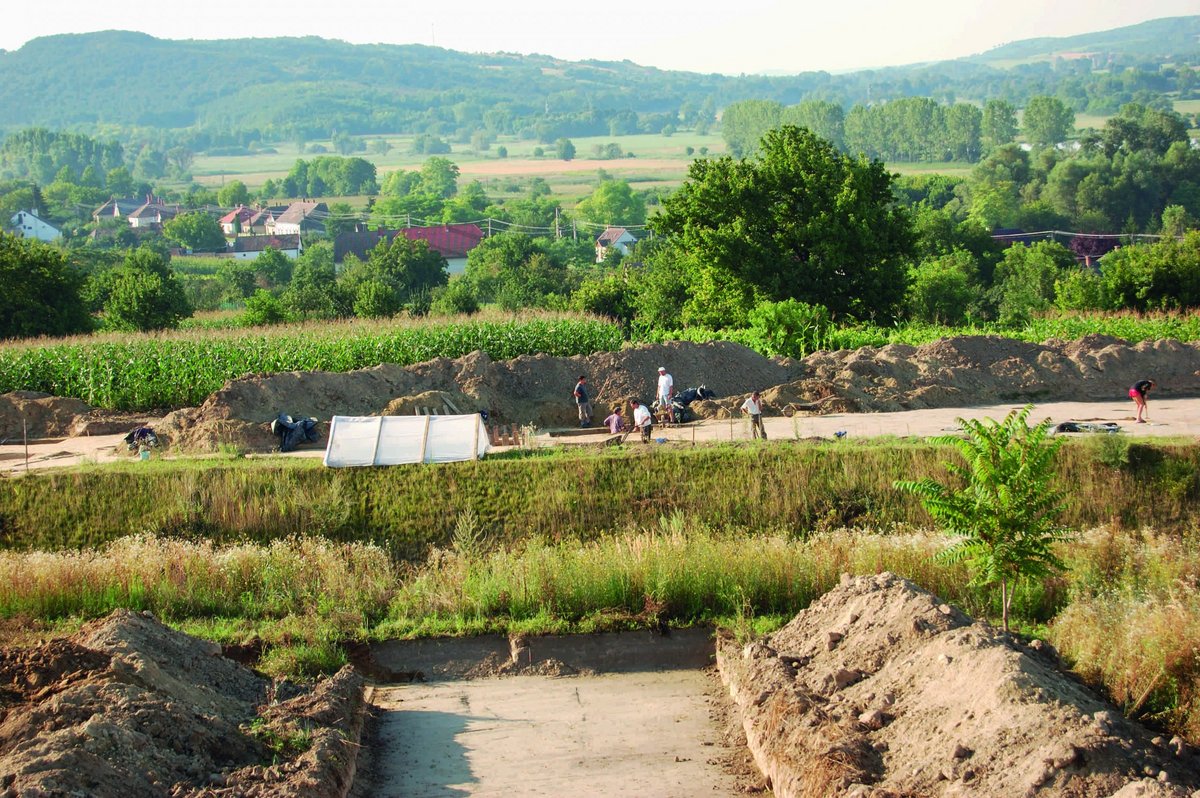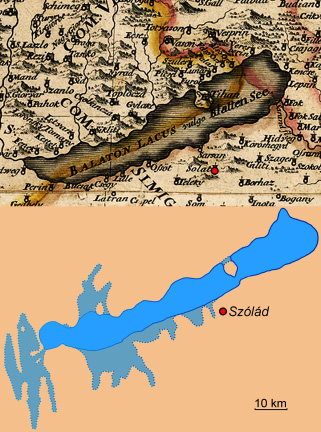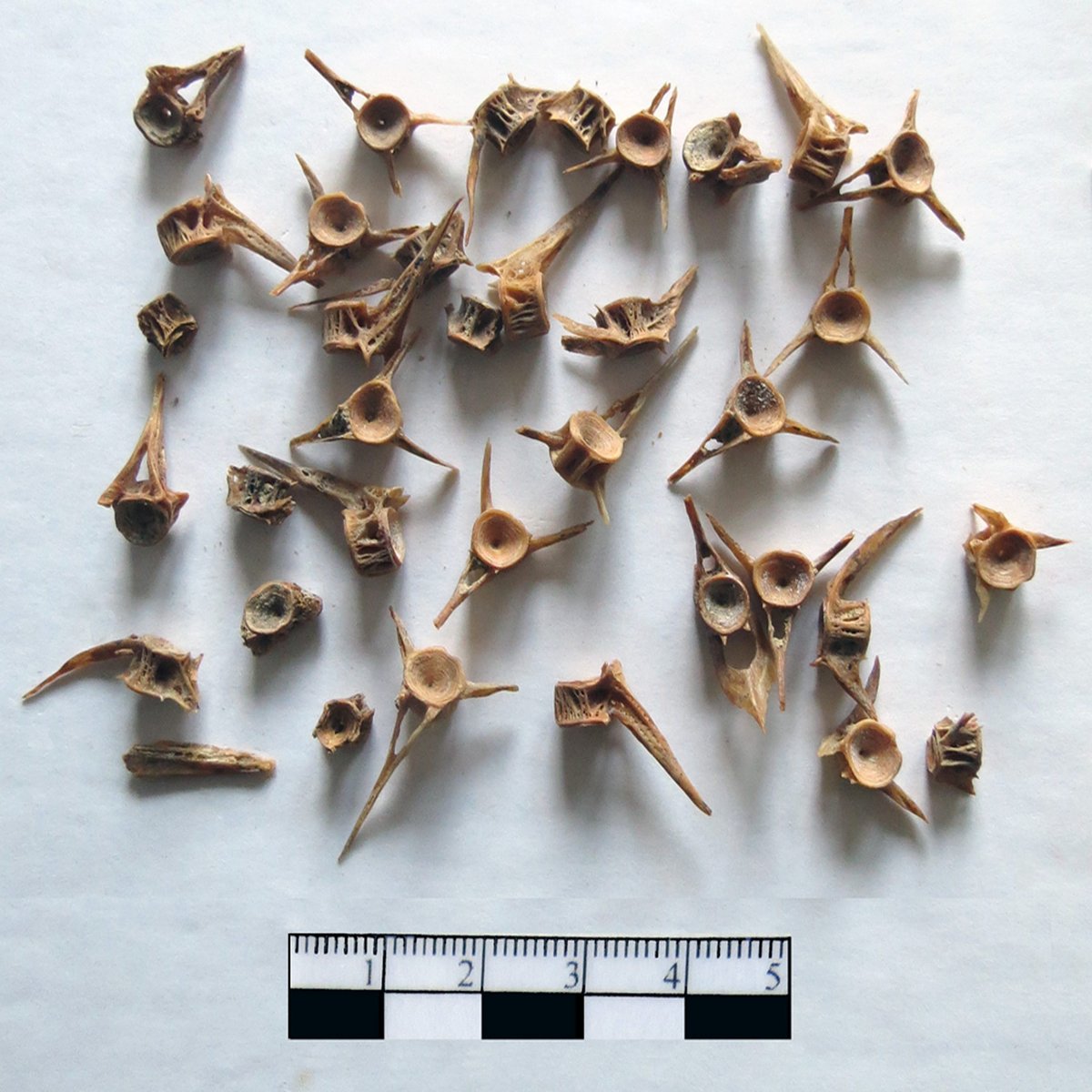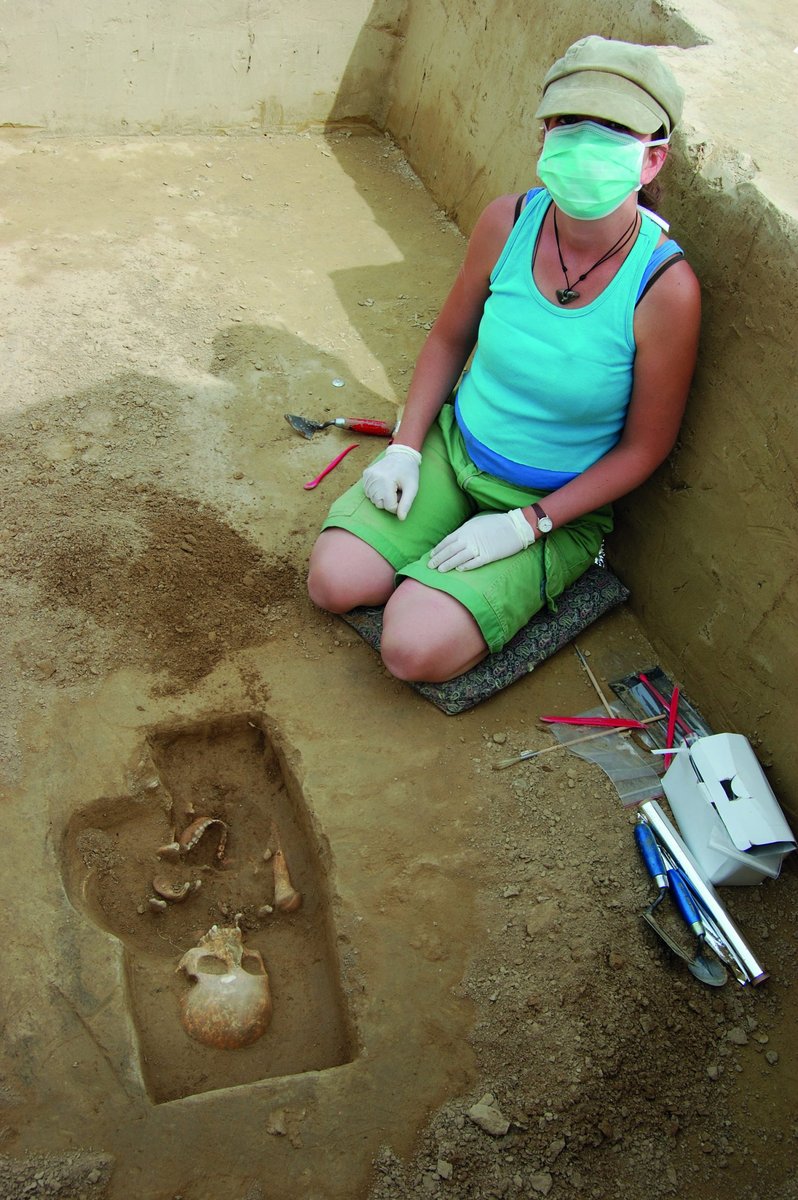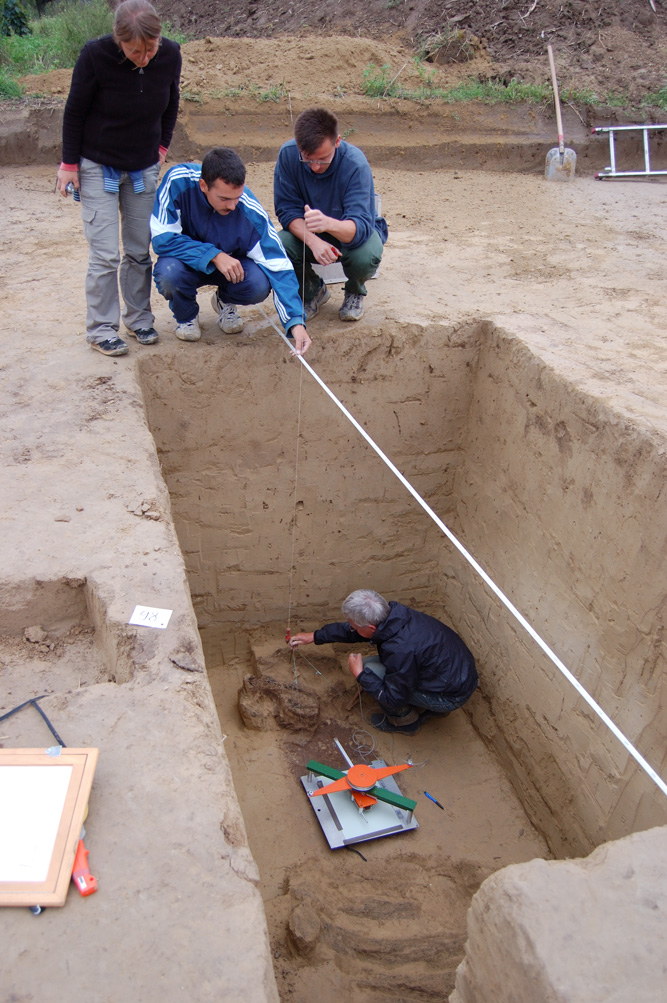First volume on the Szólád burial ground during the Migration Period has been publis
It is also at the center of a volume of the publication series "Römisch-Germanische Forschungen", which will be newly published in the summer of 2022.
Since 2005, a small burial ground from the Lombard period has been investigated archaeologically and scientifically at the Hungarian village of Szólád by the Romano-Germanic Commission of the German Archaeological Institute (RGK) and the former Archaeological Institute of the Hungarian Academy of Sciences (Fig. 1). The first volume of the analysis of these excavations and analyses has now been published under the title "Szólád I. The Longobard burial ground: Man and the Environment".
Blick über die Ausgrabungsfläche bei Szólád aus Nordosten im Jahr 2006. © CC BY-NC-ND// Foto: U. v. Freeden.
Szólád is located on the periphery of the southern shore of Lake Balaton (Fig. 2). How this landscape presented itself to the arriving settlers in the 6th century and how the human influence, despite fertile soils, weakened in the following period, the volume also deals with the question of how the farming community practiced agriculture, cattle breeding and fishing and used the natural vegetation (Fig. 3).
Die Lage von Szólád („Solat“) auf einer Karte von 1709 von Johann Christoph Müller (oben) und die größte Ausdehnung des Plattensees in der Vorgeschichte (unten) [L. Bartosiewicz nach J. Cholnoky, Balaton (Budapest 1936) und www.oszk.hu/en/maps]. © CC BY-NC-ND// Bild: C. Müller / L. Bartosiewicz.
Wirbel von Karpfenfischen (Cyprinidae) aus Grab 5 von Szólád © CC BY-NC-ND// Foto: L. Bartosiewicz.
The human remains of Szólád were also part of the large-scale international research project "HistoGenes", which significantly shapes the current discussion about the importance of ancient DNA (aDNA) analyses for the archaeology and history of the Migration Period (4th-8th centuries). The articles in the volume edited by Tivadar Vida and Daniel Winger are devoted to the investigations of soils and plants, of remains of birds and fish, and of course those buried here (Fig. 4 and Fig. 5). We learn not only how the graves were laid out and the dead were buried, but also how a small farming community at the transition from late Antiquity to the Middle Ages shaped the landscape on Lake Balaton and used the local resources.
Freilegen menschlicher Überreste in Grab 4 von Szólád © CC BY-NC-ND// Foto: U. v. Freeden.
Dokumentation der Funde und Befunde in Grab 5 von Szólád mit dem Pantographen © CC BY-NC-ND// Foto: T. Vida.
(Titelbild: Ausschnitt aus Abb. 3. Urheber: L. Bartosiewicz, Copyright: CC BY-NC-ND)
